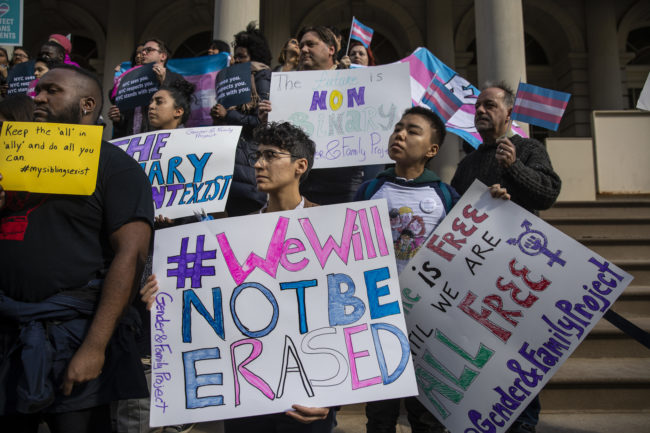Gay and Bi Men Experience Erectile Dysfunction more than Straight Men
Gay and bisexual men experience erectile dysfunction at a higher rate than their heterosexual counterparts.
New UK research found that 56% of gay or bi men experience erectile dysfunction, whereas only 46% of straight men do.
For one in four gay or bi men, it’s an issue most or every time they’re with a partner. Of those men, 21% have given up on sex altogether.
The research conducted by Intrinsic Insight also found that psychological factors often cause erectile dysfunction. The study surveyed 2,000 men in the UK, 150 of whom identified as gay or bisexual.
Gay and bi men feel that pressure to perform is the leading cause of it. So much so, they ranked it higher as a cause than drinking too much or side effects from medication.
Some men said ‘insecurities about my body’, work stress and mental health issues as other reasons causing erectile dysfunction.
The study also found that erectile dysfunction lead to the relationship breakdown of 14% of gay or bi men. That could be because those men are keeping their problems to themselves. Only 20% of men with erectile dysfunction told their partners, instead giving other excuses to avoid having sex such as, being tired from work.
Getting help
A third of men don’t tell anyone about it because they “don’t think there’s a solution”. Only one in five men actually seek help from a healthcare professional.
Dr Kathryn Basford a General Practitioner at Zava who commissioned the study, encouraged men to speak to a medical professional about their problems.
‘ED is traditionally seen as an older man’s condition but in reality men of any age can be affected and our recent study proves this,’ she said.
‘Men today are under rising pressure to “perform”.
‘Worry about living up to male stereotypes, insecurity about their bodies, and wider stresses can all play a part when it comes to sex. Whatever the potential causes, it’s always worth having a conversation with a healthcare professional, be that online or in person.’
